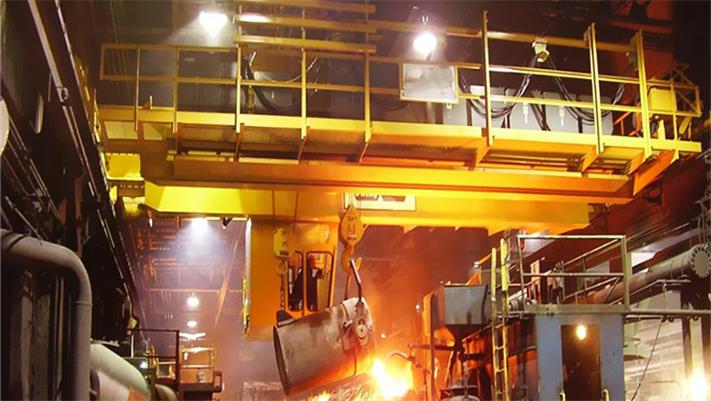

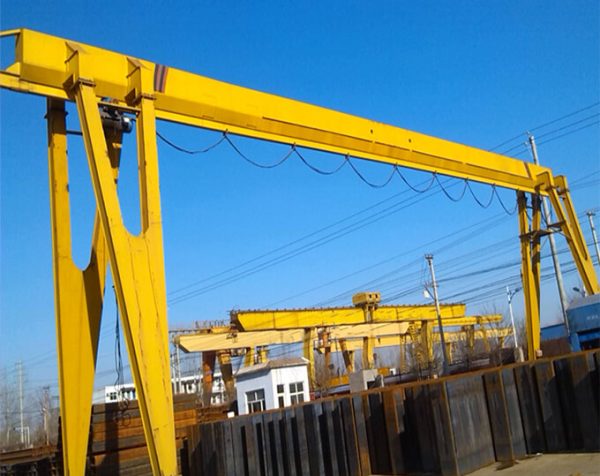

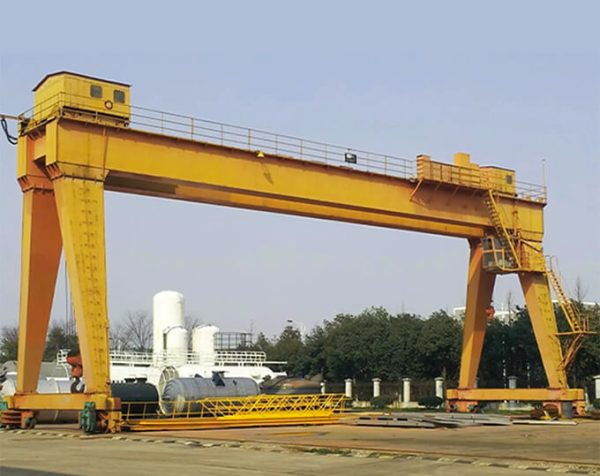

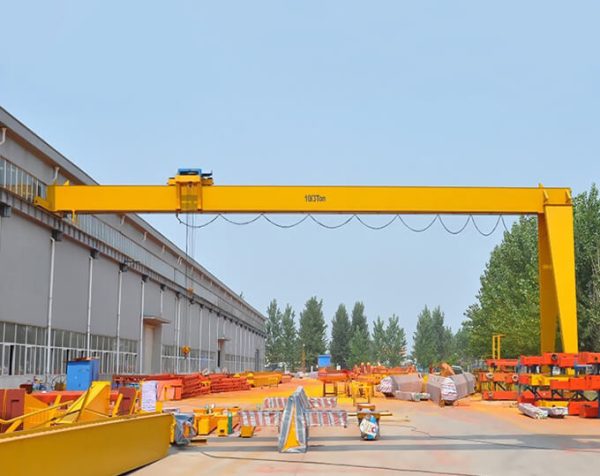
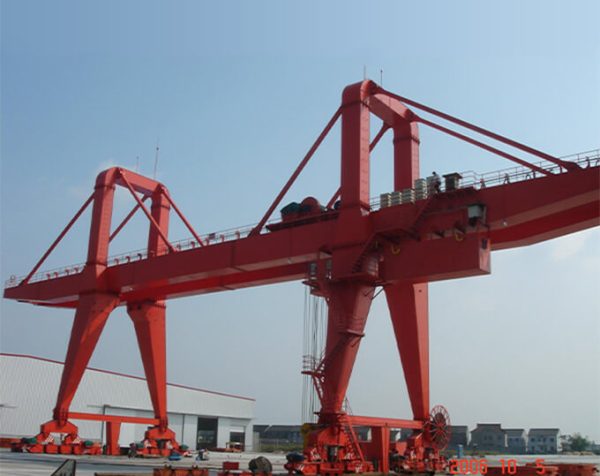
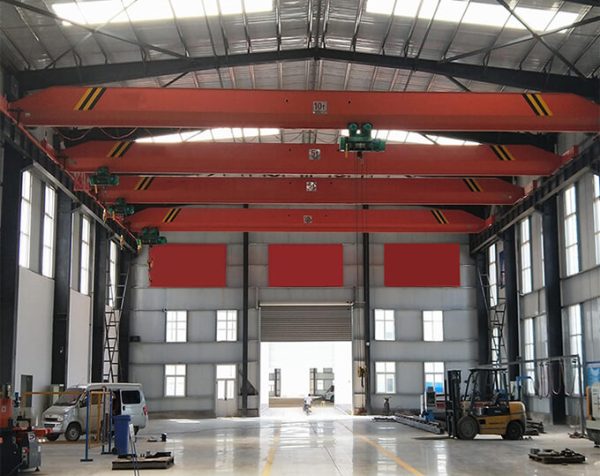
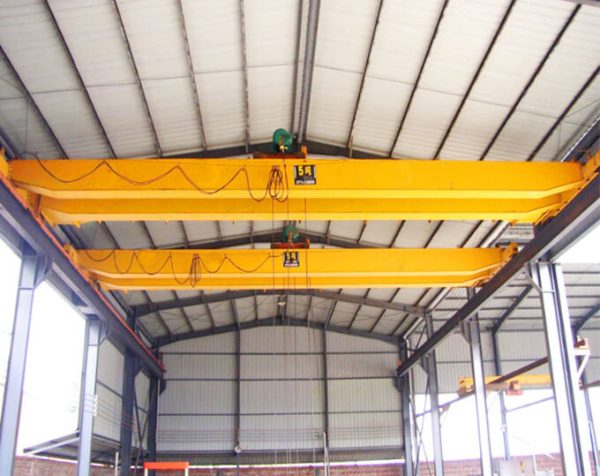
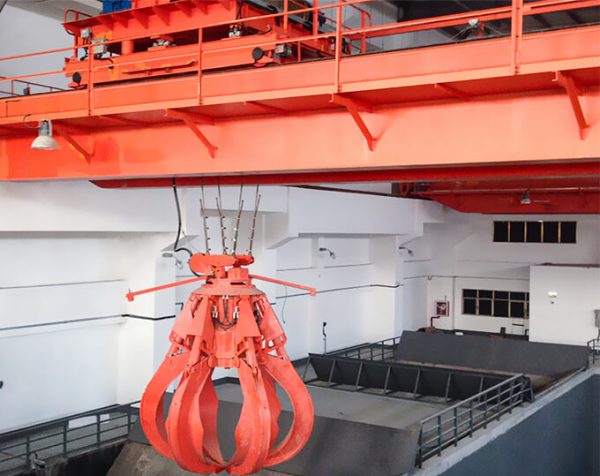
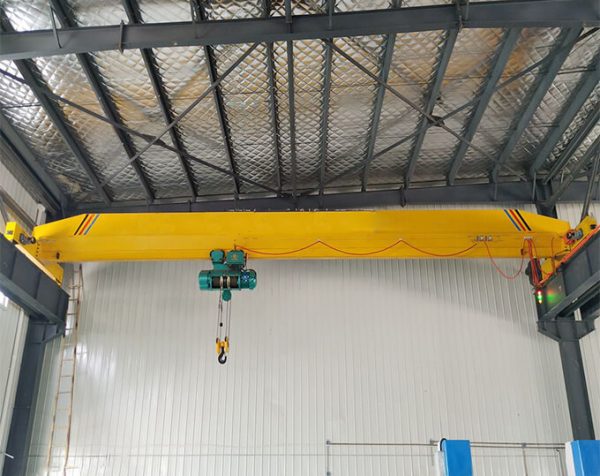
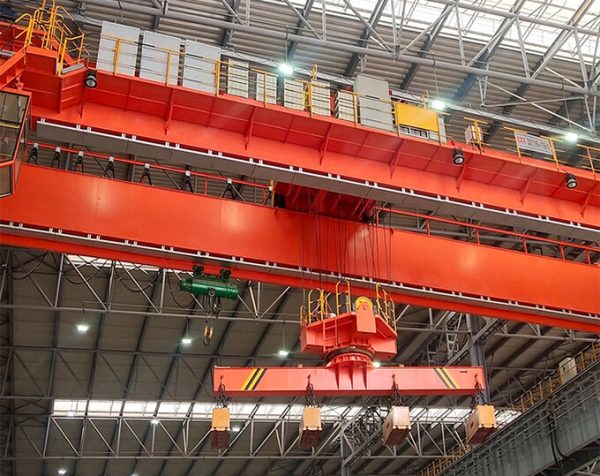
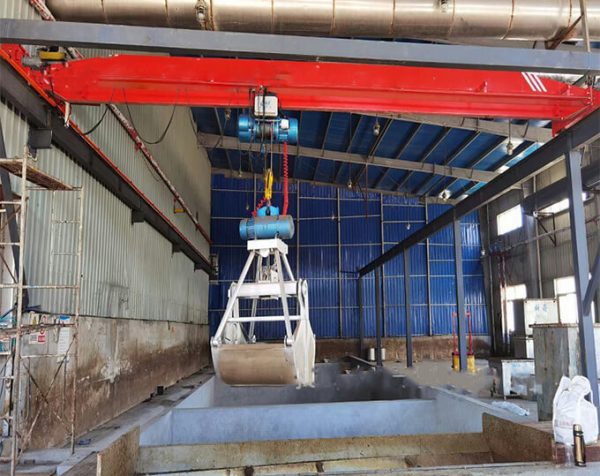
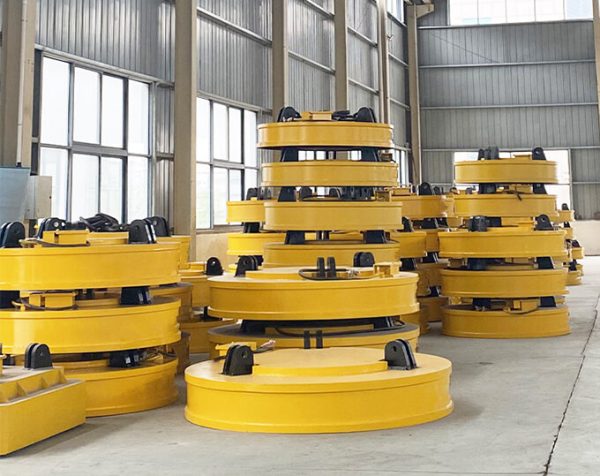
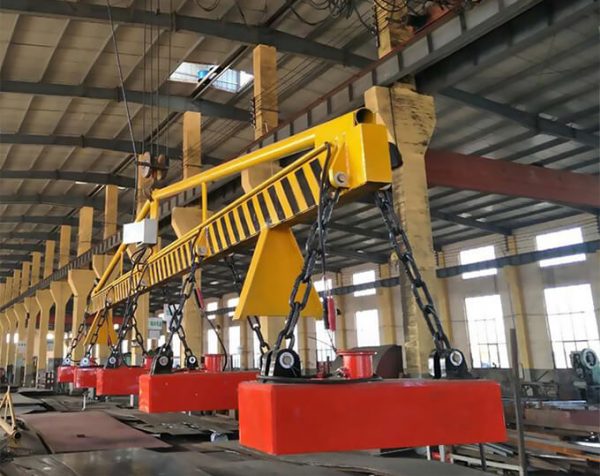
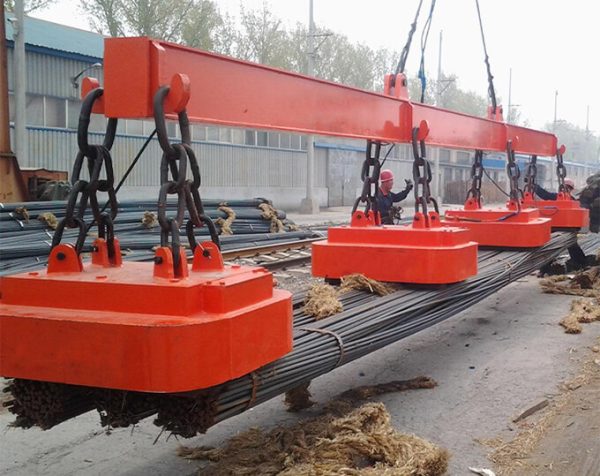
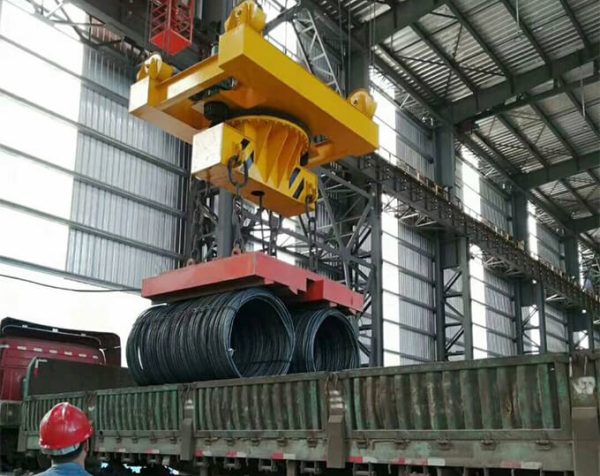
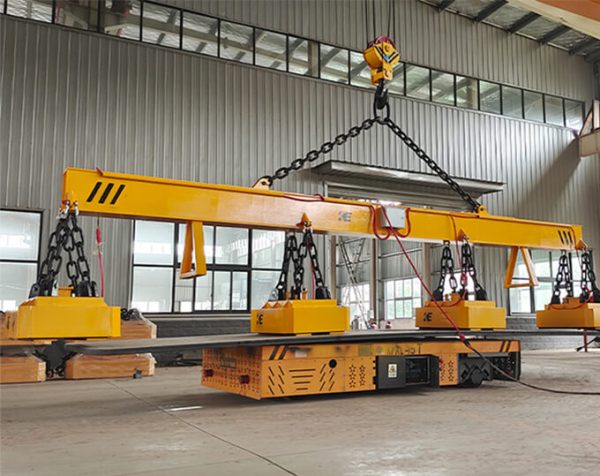
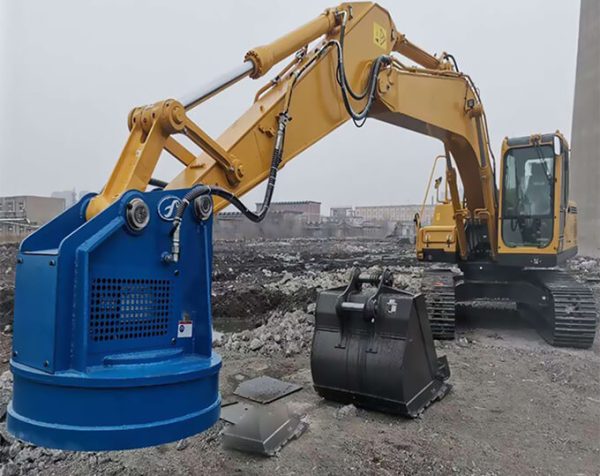
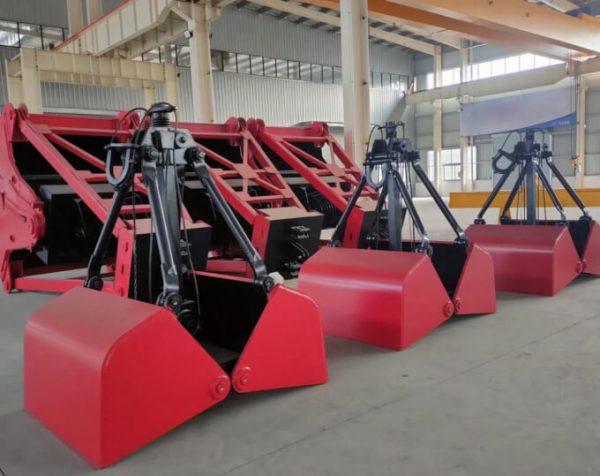
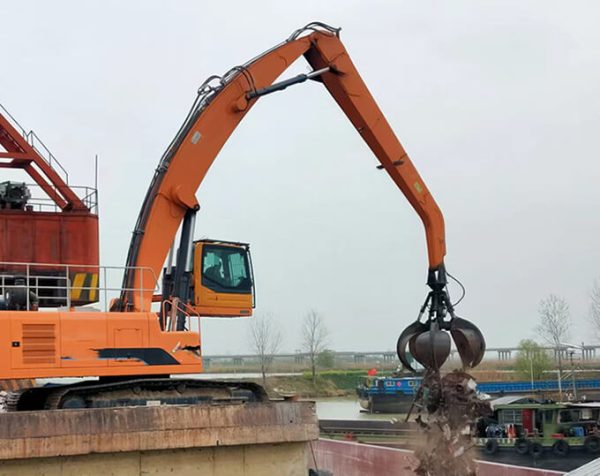
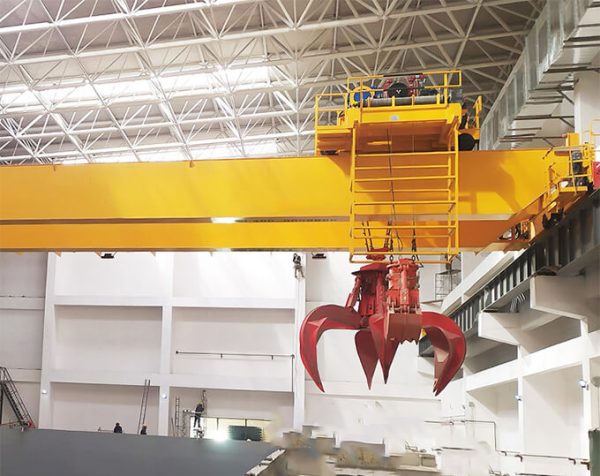
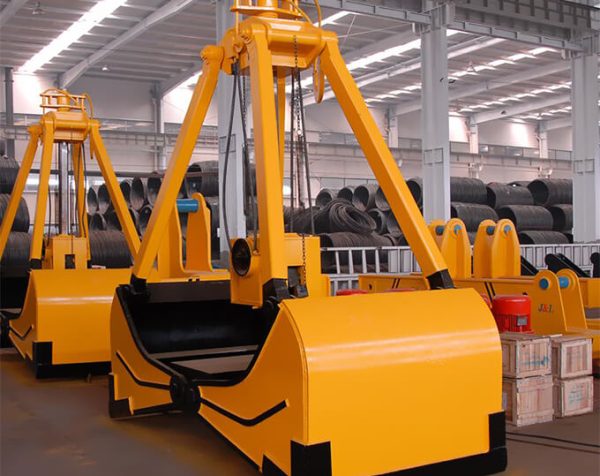
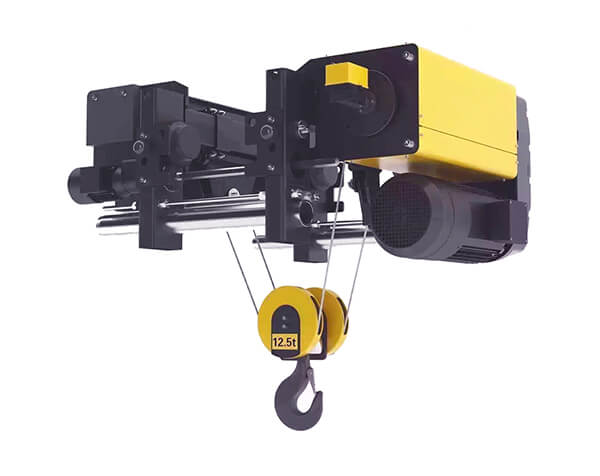
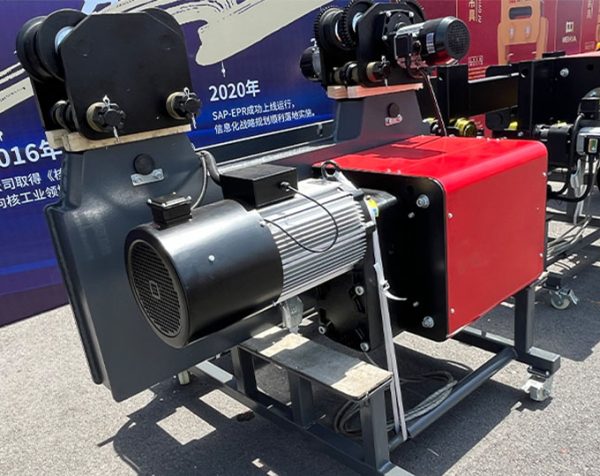
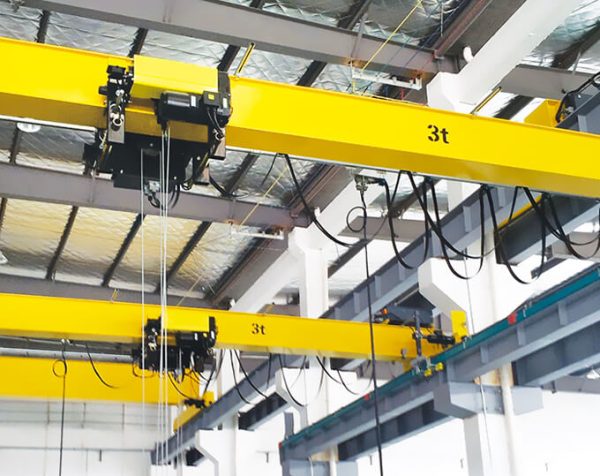
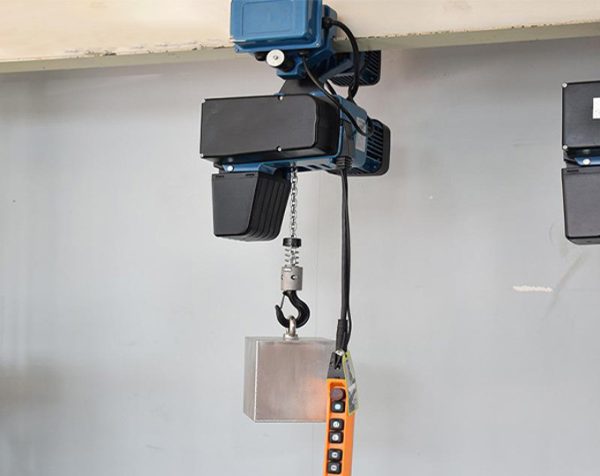
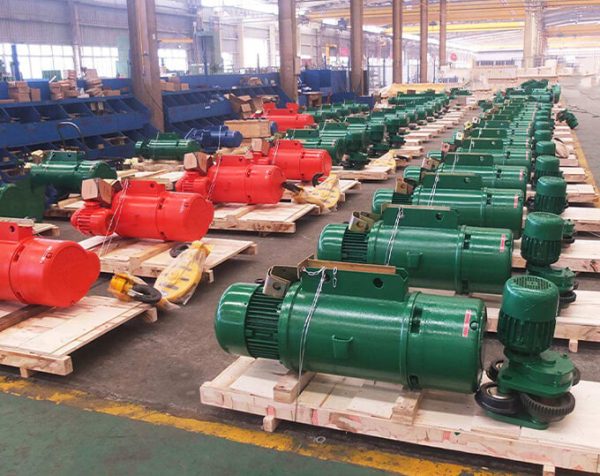

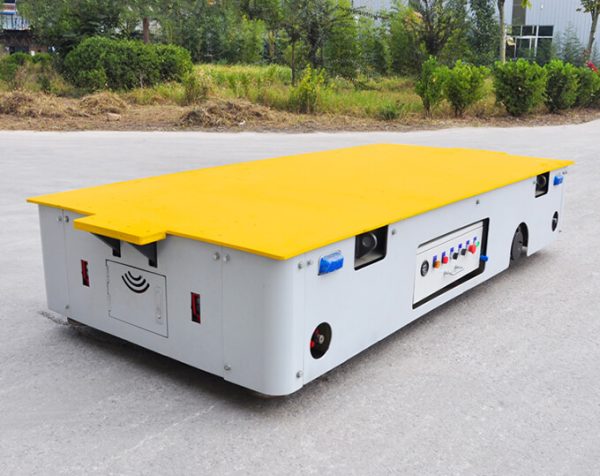
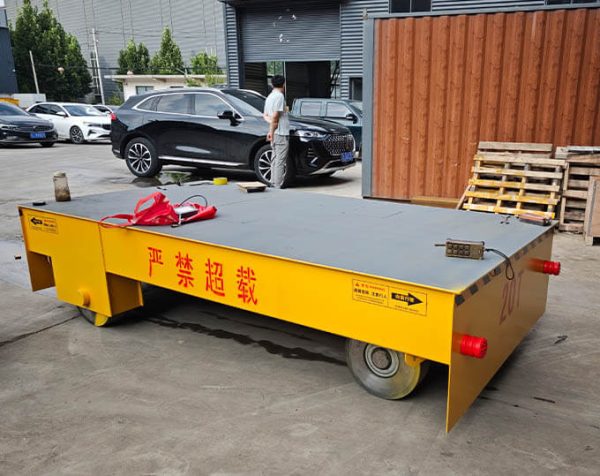
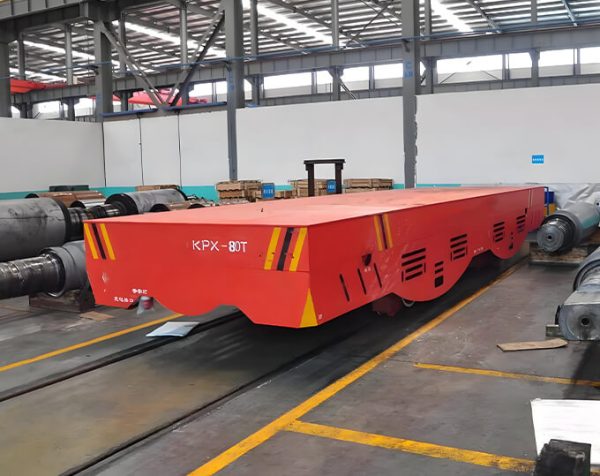
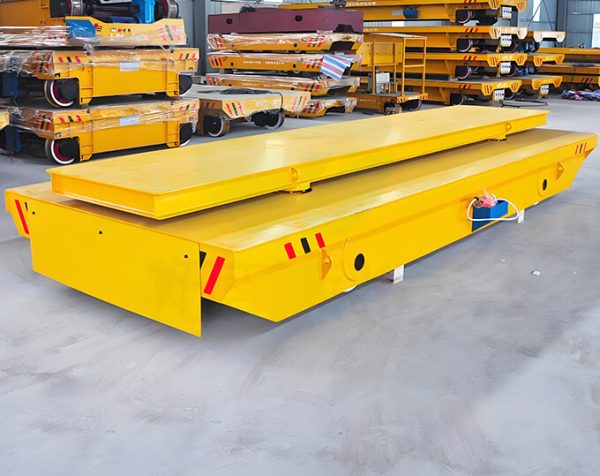
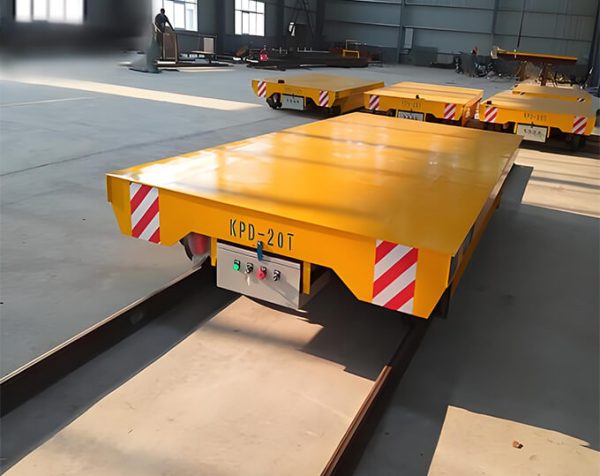



































Overview of Overhead Cranes
Overhead cranes, equipped with wire rope electric hoists, serve as essential lifting equipment in workshops. They streamline material handling in machining shops, metallurgical plants, warehouses, storage yards, and power stations—facilitating transport, assembly, maintenance, and loading tasks. These cranes enhance industrial productivity by automating processes, reducing manual labor, and improving efficiency. Key advantages include compact design, high rigidity, smooth operation, low noise, minimal building clearance requirements, lightweight construction, reduced wheel pressure, and reliable safety features.
Custom Crane Requirements
When ordering a custom crane, clients must specify key parameters: lifting capacity, span, height, and travel length. Among these, the span—directly linked to the main beam length—plays a critical role in structural design.
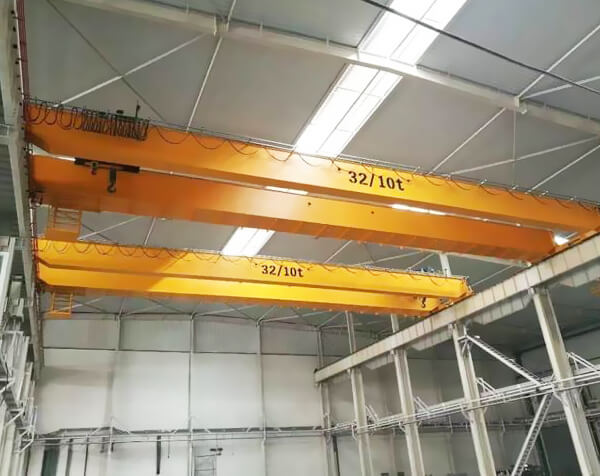
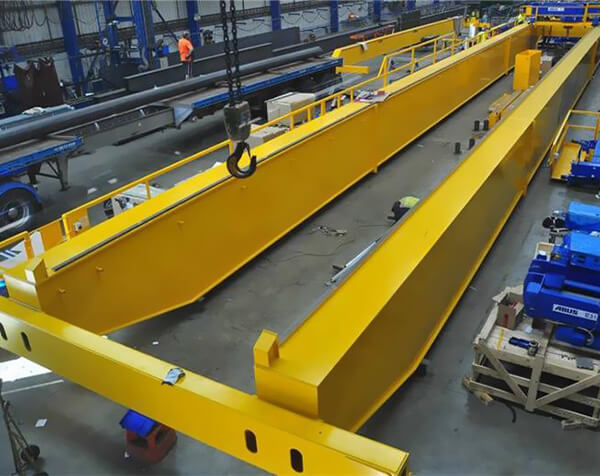
Custom Crane Requirements
Custom Crane Requirements
As a dedicated single-girder crane manufacturer, we integrate engineering, fabrication, and installation services. Committed to customer satisfaction, we enforce strict quality management and continuous technical innovation. Our focus on precision and reliability has earned trust across industries.
Salvage lifting electromagnet. Its excitation mode can be: constant voltage mode, strong excitation mode and overexcitation mode. The products have different pertinences. Please refer to the selection guide to choose the one suitable for underwater handling of cast iron ingots, steel balls and various scrap steel.
Grab cranes play a pivotal role in bulk material handling operations. Their lifting control systems prove crucial for optimizing efficiency and ensuring operational quality. Modern intelligent control technology has demonstrated remarkable value in improving grab crane performance.
The mobile jib crane is made of thin-walled profiles and special-shaped steel. This structure reduces the number of splicing welds in the structure and improves fatigue resistance. A variety of new high-strength low-alloy steel materials are used to improve the bearing capacity, improve the stress conditions, reduce the self-weight and increase the appearance of beauty.
